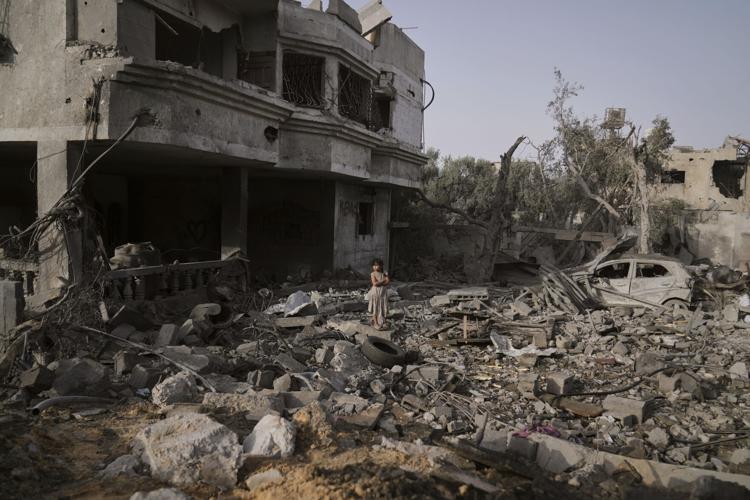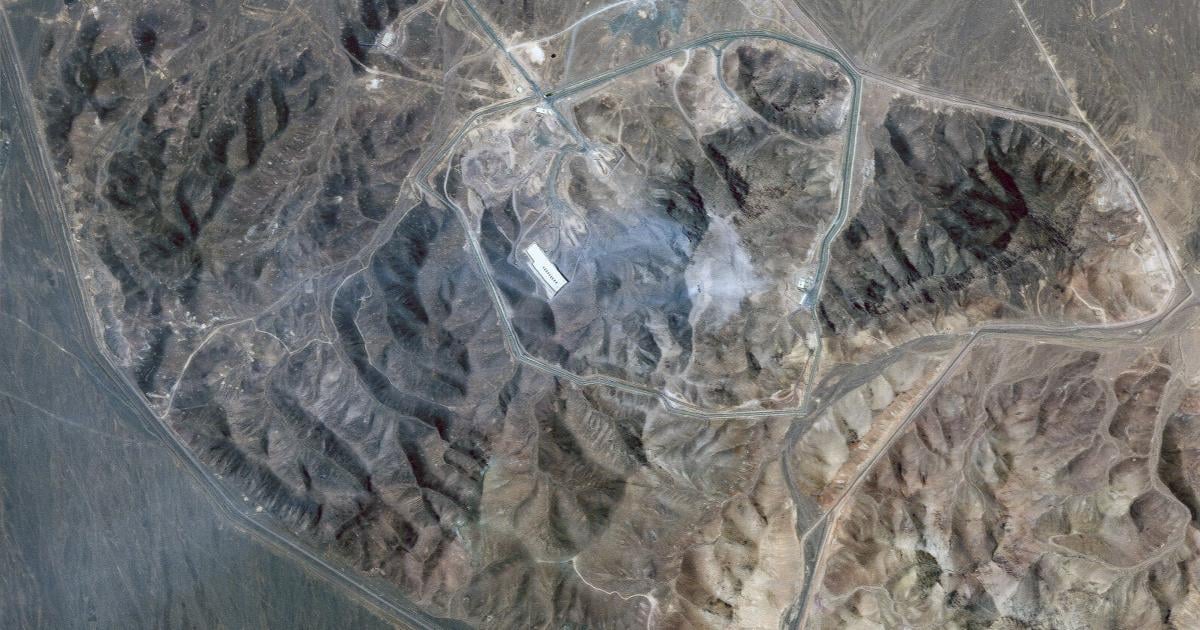The protracted Gaza conflict has reached a pivotal diplomatic juncture, with Hamas publicly signaling its readiness for a ceasefire, contingent upon a complete cessation of hostilities in the besieged territory. This significant declaration emerges amidst escalating international pressure and profound humanitarian concerns, marking a critical moment in efforts to de-escalate the devastating conflict. The international community, acutely aware of the widespread suffering, is closely monitoring these developments, recognizing their potential to reshape the trajectory of regional stability.
Hamas’s condition for a comprehensive end to the war presents a substantial hurdle to the ongoing Ceasefire Talks, diverging significantly from proposals focused on temporary truces. While a temporary pause could offer immediate relief, the militant group’s insistence on a full withdrawal and a permanent end to military operations underscores its maximalist demands, aiming for a resolution that addresses the underlying causes of the conflict from its perspective. This firm stance highlights the deep-seated mistrust and complex political landscape that continually complicate peace efforts in the region, making any agreement a delicate balancing act between security imperatives and political aspirations.
Adding a new dimension to these intricate negotiations, former U.S. President Donald Trump recently announced Israel’s agreement to a proposed 60-day ceasefire plan. Trump, actively engaging in the diplomatic arena, strongly urged Hamas to accept this offer, emphasizing the immediate need for de-escalation and humanitarian access. This American-brokered proposal aims to facilitate critical humanitarian aid delivery into Gaza, enable the exchange of prisoners, and potentially create a foundation for more substantive, long-term peace discussions, presenting a tangible, albeit temporary, pathway out of the current crisis.
The humanitarian situation in Gaza remains dire, with millions facing unprecedented hardship, including severe shortages of food, water, and medical supplies. A ceasefire, even a temporary one, is desperately needed to allow the unimpeded flow of aid and to alleviate the immense suffering of the civilian population. The urgency of this crisis amplifies the stakes of the current Ceasefire Talks, making the acceptance or rejection of the proposed truce a matter of life and death for countless individuals trapped within the confines of the Gaza Conflict. International aid organizations continue to advocate for unimpeded access and protection for relief workers, stressing that humanitarian considerations must be paramount.
The disparity between Hamas’s demand for a complete cessation of hostilities and the immediate focus on a 60-day truce underscores the formidable challenges that lie ahead in forging a lasting peace. While a temporary ceasefire could provide a crucial window for humanitarian operations and confidence-building measures, bridging the gap between the two sides’ ultimate objectives will require sustained diplomatic ingenuity and significant political will. The success or failure of these Ceasefire Talks will undoubtedly influence future regional security dynamics and the prospects for any long-term resolution to the Israeli-Palestinian conflict.
As the international community watches closely, the outcome of these negotiations will profoundly impact regional stability and the lives of millions affected by the prolonged Gaza Conflict. This complex interplay of political demands, security imperatives, and urgent humanitarian needs defines one of the world’s most enduring and volatile flashpoints. The current diplomatic thrust, featuring key actors like Hamas, Israel, and the influential role of Donald Trump, represents a critical test of global efforts to bring an end to the cycle of violence and suffering in the Middle East.
Discover more from The Time News
Subscribe to get the latest posts sent to your email.






